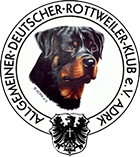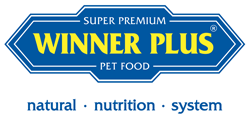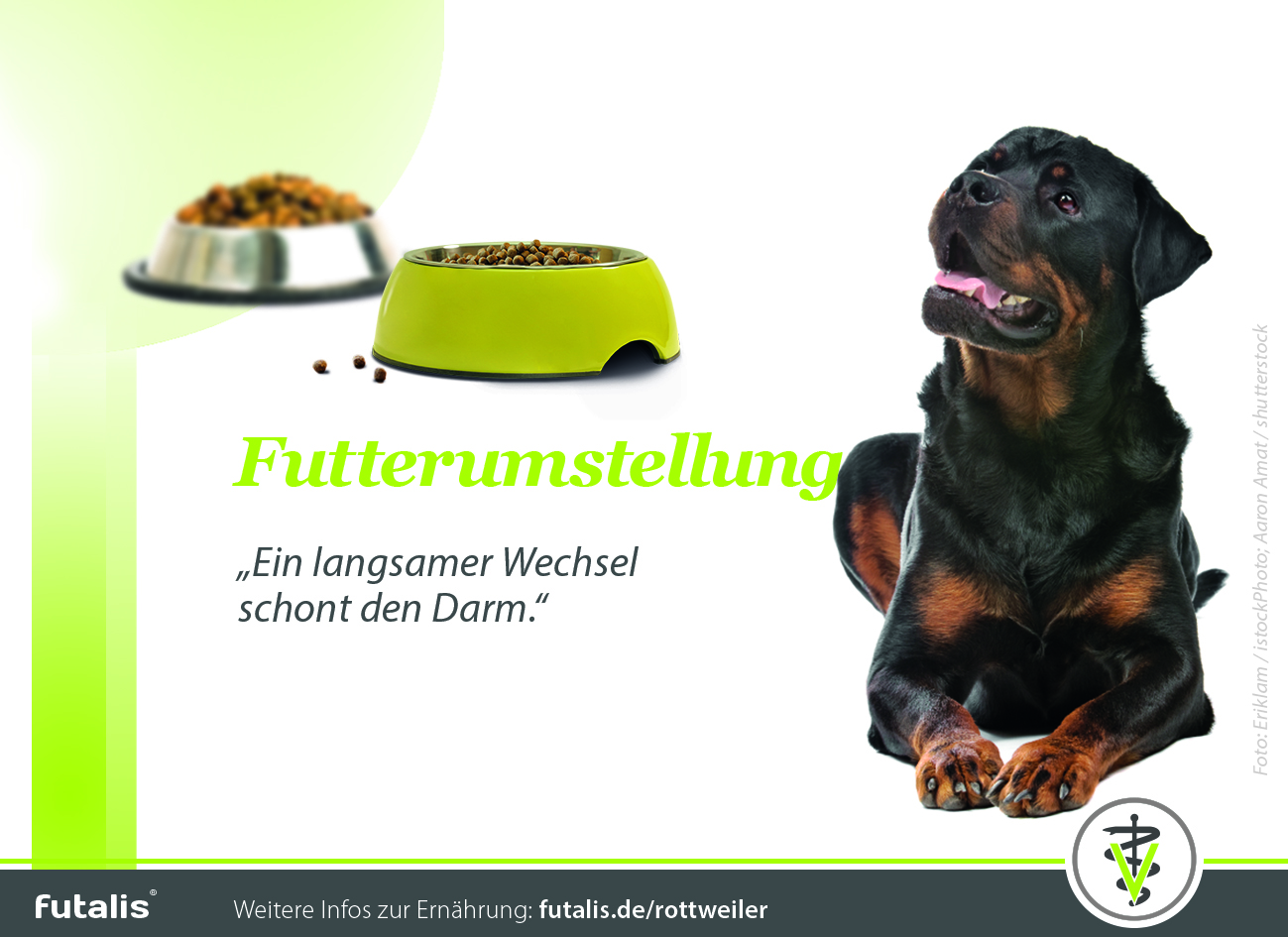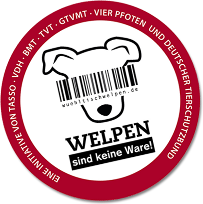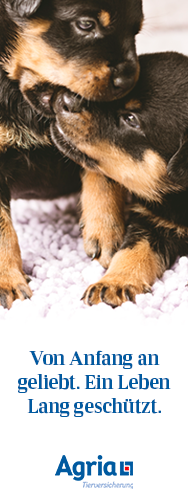| ADRK |
| Allgemeiner Deutscher Rottweiler-Klub e.V. |
Switch to a new diet correctly
In the life of every dog, it can happen that a change of food becomes necessary. Sometimes it is due to special food requirements because of an illness, a change to a special diet food or compatibility problems with the old food - or simply a change of taste is desired. If the type of food is changed, basic rules should be followed to ensure that the dog continues to be optimally fed.
Choosing the right raw materials
The first step is to select the ingredients that the dog food should contain, for example the type of meat, but the ingredients of plant origin are also important. If the dog already has known intolerances, these ingredients must of course not be included in the food to be selected. If certain diseases such as kidney or liver disease are present, the raw materials must also be taken into account accordingly, and the proportion of meat in particular should not be too high. The vet is the best point of contact for selecting a suitable dog food if a disease is present.
If the raw materials in the previous food were well tolerated, it is recommended that these are also included in the new food. In this way, the intestinal flora is protected and not burdened by new feed ingredients. As far as possible, it is also advisable to avoid artificial preservatives, colorants and flavorings.
The taste aspect is of course also important. As long as there are no health concerns, a dog's taste preferences and dislikes can also have a significant influence on the choice of food.
Determine the optimum nutritional composition
The nutritional content of a food is what characterizes the composition of the dog food. The most important nutrients in dog food are fat, protein, vitamins and minerals. These ingredients are used to select the right food to meet the dog's individual requirements and to ensure that there is no excess or deficiency of nutrients. A ration calculation, carried out by vets, shows the individual nutritional requirements of a dog and can serve as a basis for food selection.
Each dog has very specific requirements, particularly with regard to the protein, fat and carbohydrate content of the food, and these contribute significantly to the tolerability of the food. The different food compositions are not equally well tolerated by every dog. When choosing a food for the first time, it is recommended that these so-called "macronutrients" are contained in a balanced ratio. However, the age-dependent personal nutritional requirements of the dog also play a role, as do its current activity, nutritional status and other individual characteristics. Whether the food is actually well tolerated or whether something needs to be changed in the composition will become clear after a few weeks of feeding at the latest.
Change the diet slowly and gradually
The natural intestinal flora needs a certain amount of time to adapt to new ingredients in the food and to a change in composition. To avoid digestive problems such as diarrhea or a bloated intestine, it is best to make the change in food gradually rather than suddenly. Some dogs need a few weeks to get used to the new food, while others tolerate an abrupt change without any problems. However, it is always best to allow a slow transition of at least four days, and up to 14 days is recommended for digestion-sensitive dogs.
To introduce a new type of food, a small amount of the new food should be mixed in first and the previous daily ration reduced accordingly. If the diet is to be changed over a period of four days, a fifth of the new food should be added to the daily ration initially, and less per day if the changeover period is longer. It is best not to replace complete meals at once at the beginning, but to mix old and new food with each portion. If it is well tolerated, the old food can then be gradually replaced with the new food each day until the entire daily ration finally consists of the new food on the fifth day.
Check whether the new diet is suitable
At the beginning of a change in feed, bloating or a change in the consistency of the stool may occur. This can last for a few weeks and is considered normal in a mild form. If diarrhoea occurs, the proportion of the new food should be reduced slightly in favour of the previous food in order to allow for a longer changeover period.
There is usually a clear improvement after two to four weeks. If this is not the case, you can try to change the composition of the food slightly. For example, you can choose a food with a lower fat content, but with ingredients that are as similar as possible. If this is still unsuccessful, you can either go back to the previous food or, if necessary, switch to a new type of food made from completely different ingredients.
However, if the food is well tolerated, the effects on health can be observed throughout the body in the following weeks and months. The diet has a very large influence on the skin metabolism and the condition of the coat. However, visible effects can only be expected after a few weeks. It is also important to monitor body weight and nutritional status, as each new type of food can bring about changes in energy supply. Although the food packaging usually recommends a certain amount of food for each weight class, this is more of a rough guide.
The individual energy requirements of each dog may differ from this. In the first few weeks, it is therefore advisable to weigh the dog once a week and monitor its weight. If the dog gains unwanted weight, a little less food should be given at first - and vice versa if the dog loses weight. In the long term, however, it is better to switch to a food with a suitable energy supply in order to meet the individual nutritional requirements. Otherwise, a lack of vitamins or minerals could result.
